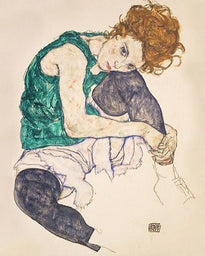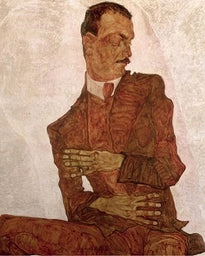
Radha: From Gopi To Goddess Book
Niyogi-Hardback
In tracing the evolution of Radha from that of a gopi to a goddess one traverses not only a span of several centuries, but travels through cultural divides, political dynasties and philosophical debates. She occupies a space which moves from the aesthetics of shringara rasa to the theology of shringara bhakti, from the madhurya of Pushtimarg Vaishnavism to the prema of Gaudiya Vaishnavism, taking in its stride the philosophies of Advaita and Dvaita, the traditions of Shakti and Shakta, she takes us from the devotional poetry of Bhaktikal to the courtly poetry of Ritikal and even beyond to the modern poetry of Adhunikkal. Radha is both kamini and ramani, desirable and beautiful, and through her persona we understand the role of kama or desire in the workings of the human mind and especially in the aesthetics of shringara, she is both a gopi and a nayika and through her we feel the presence of Krishna in Vrindavana and the opulence of the Vaishnava Rajput courts, she is a devi in the temples of the Gaudiyas and through her we are able to worship Krishna, and finally she is even a kalankini or the defiled one and through her we are privy to the folk literature of Bengal and modern middle class psychology of the bhadralok. Radha: From Gopi to Goddess portrays in poetry and painting, dance and drama, sculpture and icon, songs and stories how Radha occupies a special place in sociology and psychology, aesthetics and theology.
N/A
Editor:Harsha V. Dehejia
Format : Hardback
ISBN : 9789383098064
Pages: 260
Publisher: Niyogi
Product Code: IDB-N-50
Product Code:
IDB-N-50
















